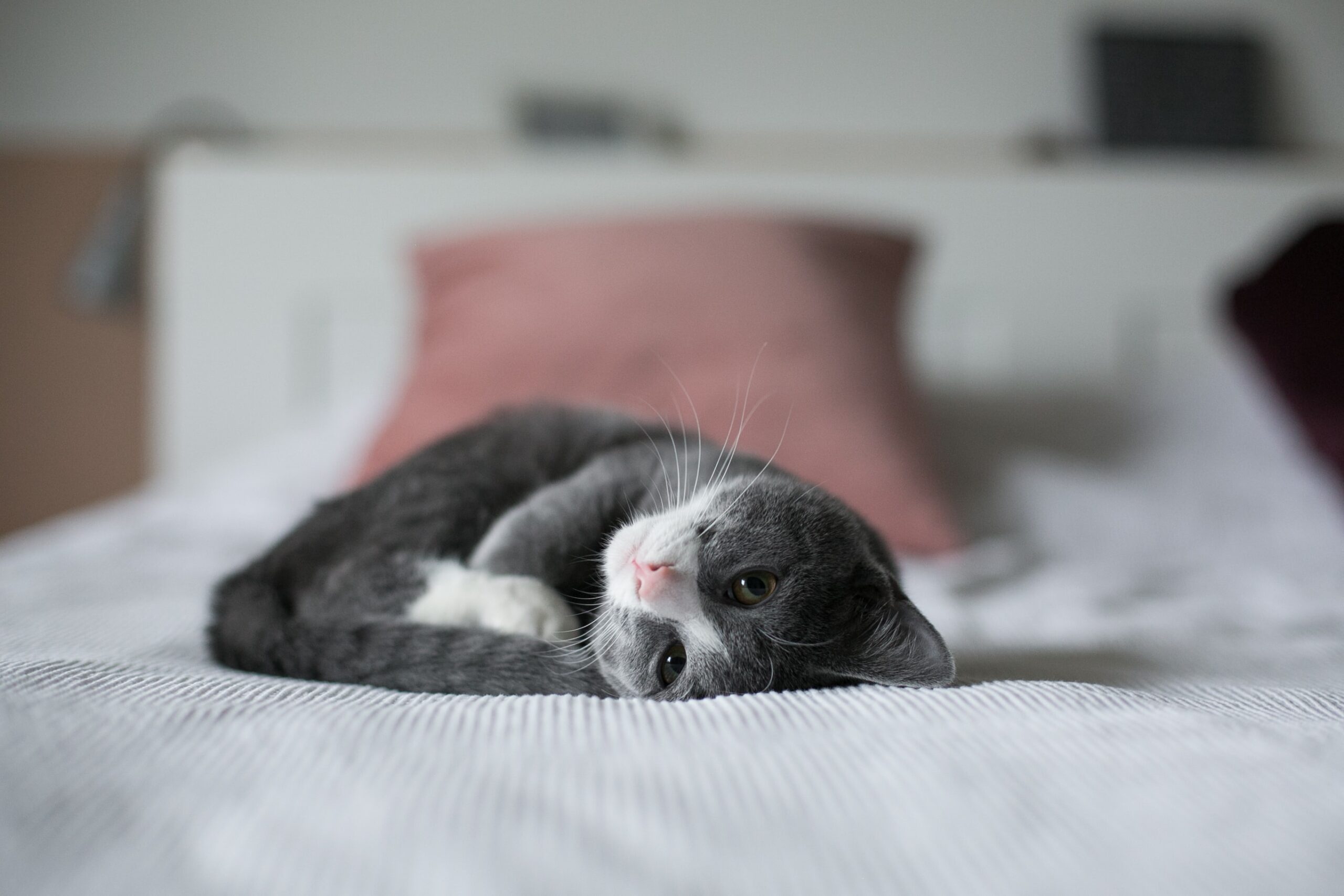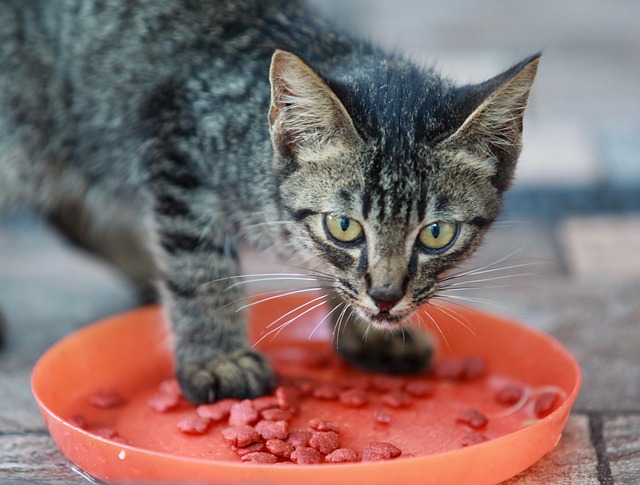When you have new kittens in your home, there are some things you need to do as soon as possible. The first is ensuring your orphaned kitten is well fed with the correct nutrients and vitamins. The second thing you need to do is to introduce the critical areas for the kitten to use for their toilet needs, drinking, and feeding space.
Fortunately, feeding a kitten does not mean you will have to miss out on the fun of raising one from infancy. There are plenty of ways through which you can continue playing an active role in their growth and development. One of them includes bottle feeding a kitten.
Bottle feeding isn’t strictly necessary with adult cats because they can eat solid food without a problem. But with a kitten who has just been separated from its mother, it’s almost inevitable that you’ll need to step in with bottle feeding sooner rather than later. Read on as we walk you through everything you need to know about bottle feeding a kitten properly.
Do you know the old saying, “As helpless as a newborn kitten?” The comparison is logical. The new kittens are pretty helpless. A kitten that doesn’t have a mother to care for it during its first weeks will require human support, particularly regarding feeding.
It takes patience and commitment to bottle-feed a kitten. But the rewards are worth it. With the proper schedule and feeding drink, you will see your orphaned kitten transform into a happy, playful kitten in just a few weeks. We have already shared tips on how to deal with an orphan kitten refusing the bottle. Now let’s dive more into it.
Starting with how to bottle feed orphaned kittens

You will need several baby bottles with nipples made especially for kittens and some kitten milk substitutes to get you started. Note: Do not give kittens cow’s milk. Many nipples do not come with holes, so you might have to cut a small hole, in the end, to let milk out. You can get kitten milk substitutes in both liquid and dry form. Both are equally effective, but some people prefer the convenience of using the powder because they only have to make what is needed for each feeding.
Ensure the kitten’s milk substitute is warm before you give it to them. You can test it by putting a few drops on your wrist. It is said that the first thing to do when you feed a kitten is to ensure that it is warm. Wrap your kitten in a blanket or hold them against your chest until their pads and gums feel warm.
Avoid giving kittens cow’s milk as it is not the proper nutrition. Young kittens can also be at risk of diarrhea from cow’s milk. Make sure you only give your kitten an approved kitten formula.
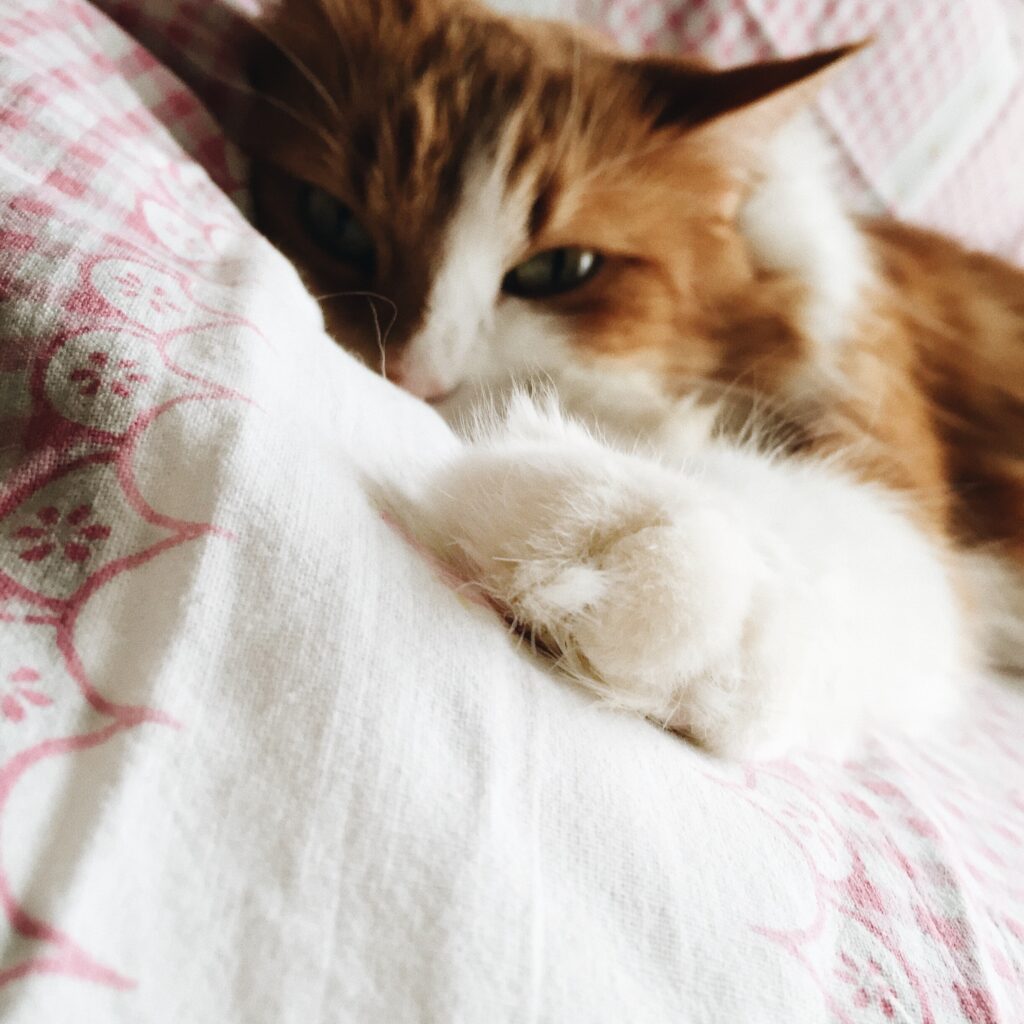
After the formula has been decided, it must be warmed up to 98-102° Fahrenheit before you can feed it. Place the bottle in a mug of hot water. The bottle should not be heated in the microwave. To ensure that the formula is not too hot before you feed the kittens, test it by placing a few drops of the formula on your wrist. Before feeding the kittens, wash your hands thoroughly with soap and water. Before each use, clean bottles and nipples thoroughly.
Keep a “kitten dress” (e.g., a robe or sweatshirt) in the house to prevent viruses from spreading between your kittens and other pets. A “kitten gown should be kept in the kitten’s room for handling and feeding. If you prefer, you can also wear gloves.
You will need to stimulate your kittens before, after, and during each feeding. Kittens less than four weeks old can’t pee or poop by themselves. Use something absorbent like toilet paper or tissues to gently rub the kitten’s genital areas in a circular motion. Keep track of the kitten’s eliminations to avoid any problems.
How much to bottle feed kittens?
Feeding newborn kittens every 2 to 3 hours is a good idea. Kittens aged 2 to 3 weeks need to be fed every 4 to 6 hours. Various feeding charts show you how many meals your kitten should eat for each age. Do not overfeed, as this can lead to digestive problems.
You can start giving your kitten recipe in four weeks. Then, you can slowly add canned food to the diet. To ensure your orphaned kittens’ health, continue to bottle-feed them several times daily until they can eat solid food. Keep your kittens hydrated with water both during and after weaning.
How to Keep a Bottle-Fed Kittens Happy?
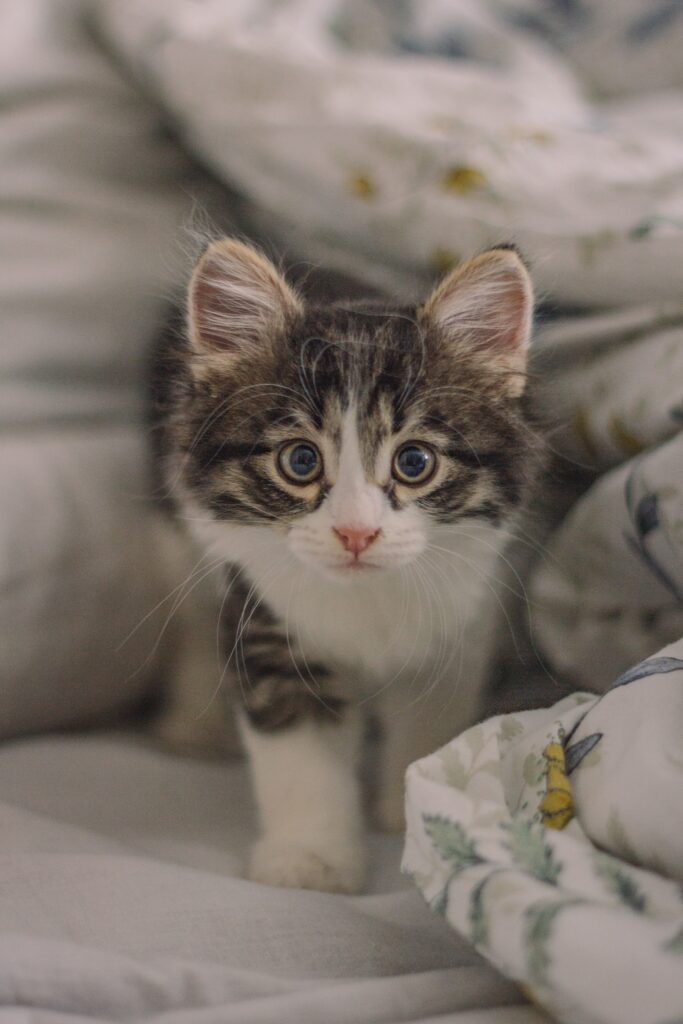
Their mother assists them in regulating their bodily functions. After every meal, gently rub the kitten’s stomach with a soft cloth or tissue until it pees. Place the kitten in a quiet, warm place until you give it the next meal.
You must weigh your kitten daily to ensure he is gaining weight. A newborn kitten should gain between 3 and 4 ounces per week and be approximately 2 pounds by eight weeks. Your kitten should be seen by a veterinarian immediately if he isn’t growing well or has signs such as crusty eyes, runny nose, or not eating well.
Clean kitten means Happy Kitten.
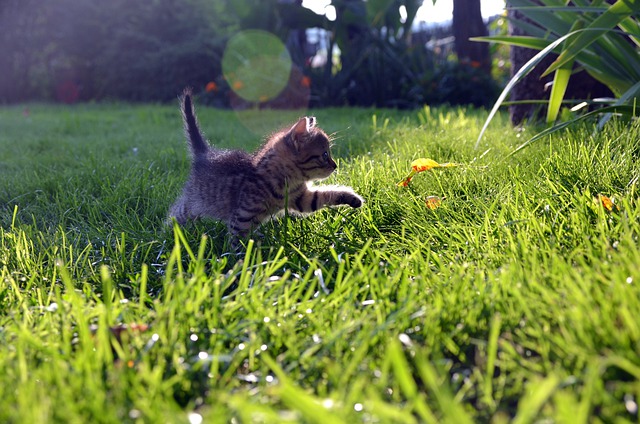
Clean any formula, urine, or other messes from the kitten with a soft, warm, damp cloth after you have finished feeding it. It is how the momma cat would wash the kittens. To clean the kitten’s fur more thoroughly, you can use a wetter cloth dipped in warm water. You should not apply soap or shampoo to the kitten. Mix one to two drops of shampoo in a cup of warm, soapy water to clean your kitten with shampoo. Then, use the dampened cloth to wipe it clean. Clean the area using a clean, warm cloth. Use a soft towel or hair dryer to dry the kitten gently. The kitten should not be allowed to get chilled. After the kitten has dried completely, place her in a carrier with a heating pad. Be sure to cover it with clean bedding.
The ears of kittens should be clean and free from dirt. You can clean the ears gently with a Q tip. You might need to moisten it with warm water if it is dirty. Ear-cleaning solutions can be dangerous for kittens. Do not scrub the entire ear. If the ears appear very dirty, or if you notice traces of ear mites (specks resembling coffee grounds), consult your doctor about possible treatment options.
Some orphaned kittens might have some eye discharge. You can clean the area by gently wiping it with a damp, warm cloth. If the release persists, the eyes become cloudy or closed. You can wash them as described above. Then, contact your doctor for further treatment options.
It is recommended to keep all the above-discussed points in mind while trying to feed your orphaned kitten with a bottle when they refuse to get fed from it. It is not only the angle and ways to keep in mind when feeding an orphaned kitten. Other factors include what not to feed, how much to feed, and keeping everything clean. We hope now you have a clear vision of how to deal with an orphan kitten refusing the bottle.

